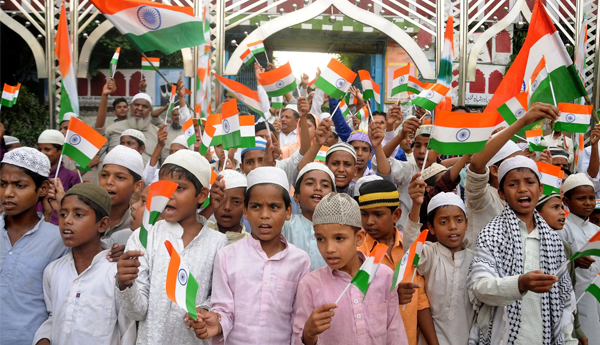However, it soon dawned on the leaders of both countries that the hope and optimism of that night would quickly turn to the harsh realities of how to handle one of the largest mass migrations in modern history and the ensuing communal violence.
As India and Pakistan celebrate 70 years of independence, we look back at how two nations were formed – and the years of bloodshed that followed.


